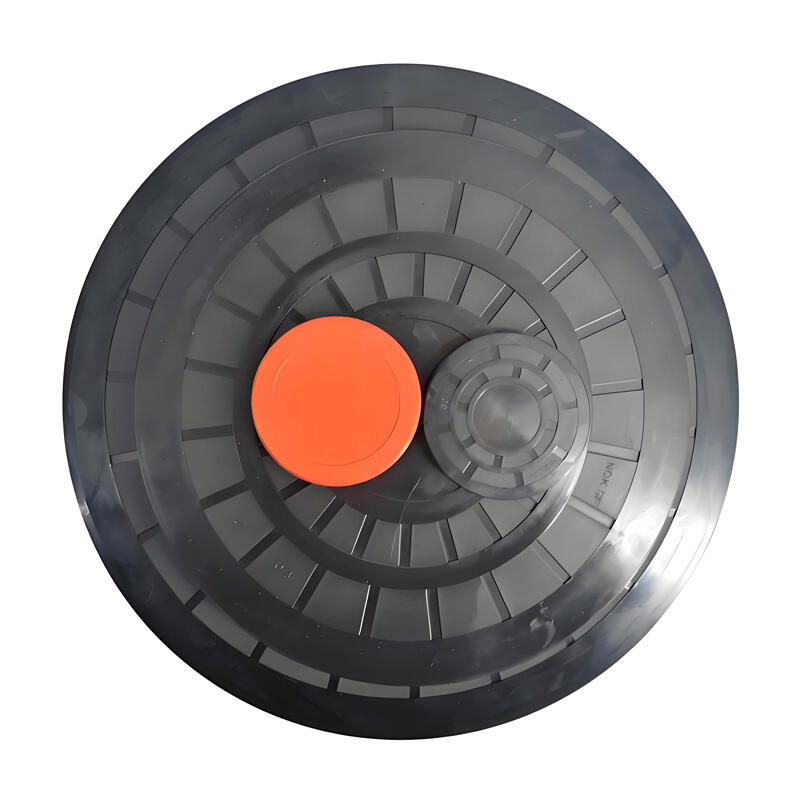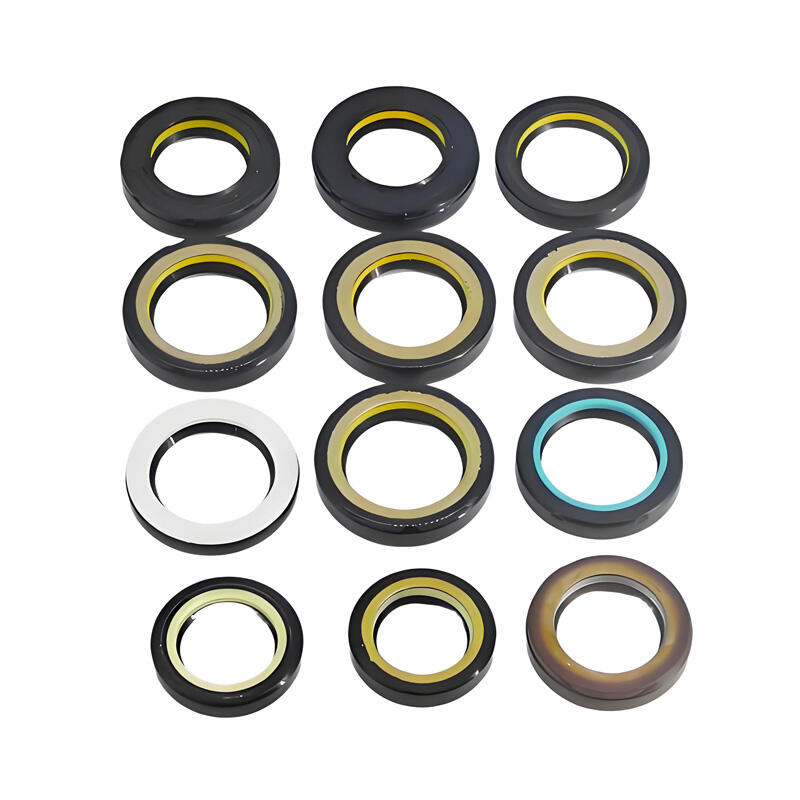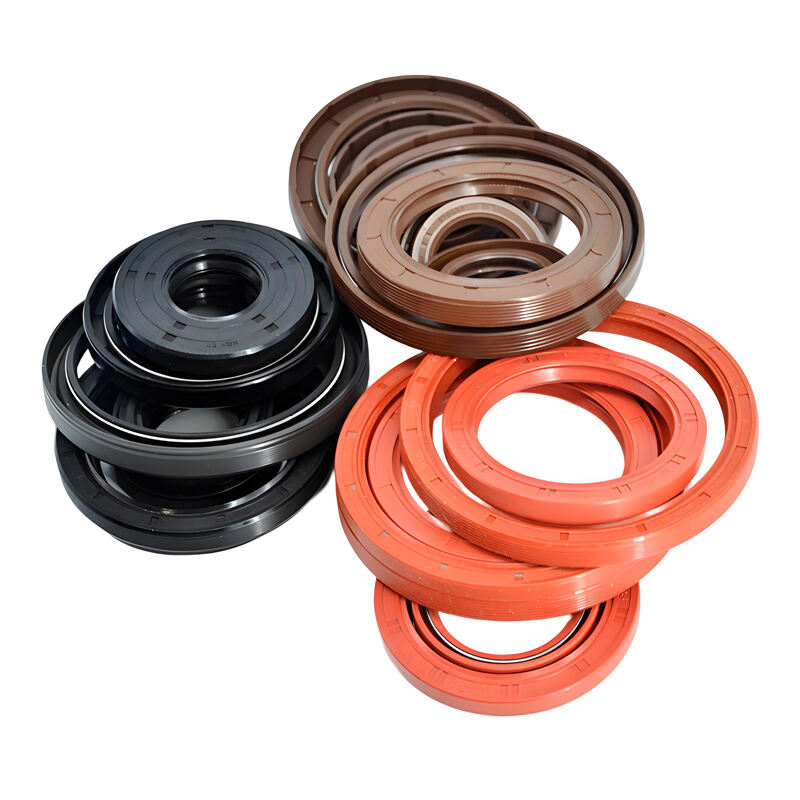bearing oil seal
A bearing oil seal is a critical mechanical component designed to prevent lubricant leakage and protect against external contaminants in rotating machinery. These precision-engineered seals consist of a flexible elastomeric material bonded to a metal case, creating an effective barrier between moving parts. The primary function is to retain oil and grease within the bearing housing while keeping dust, dirt, and moisture out. Modern bearing oil seals incorporate advanced lip design technology, featuring specially formulated materials that can withstand high temperatures and harsh operating conditions. The seal's dynamic lip maintains constant contact with the shaft surface, creating a reliable sealing effect even under varying speeds and pressures. These seals are essential in numerous industrial applications, from automotive engines and heavy machinery to agricultural equipment and manufacturing facilities. The design typically includes a garter spring that maintains optimal lip contact pressure throughout the seal's service life, ensuring consistent performance. Various seal profiles are available to accommodate different shaft sizes, operating speeds, and environmental conditions, making them versatile solutions for diverse mechanical systems.


